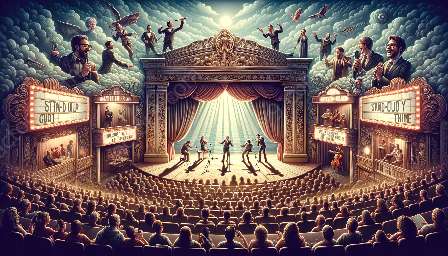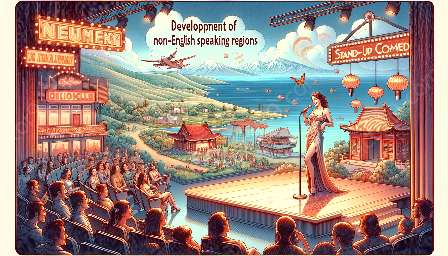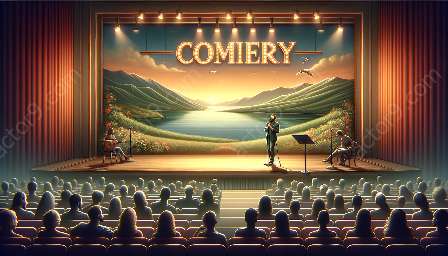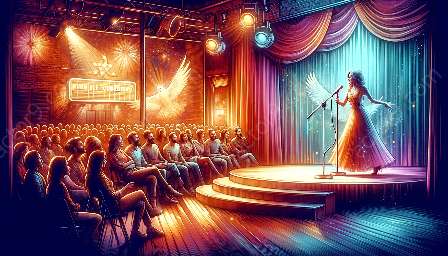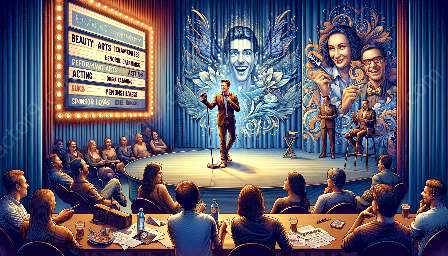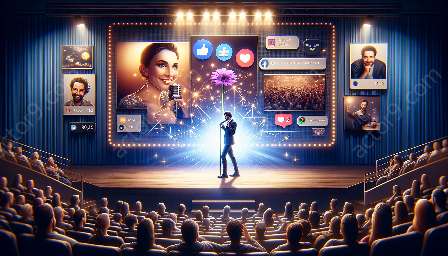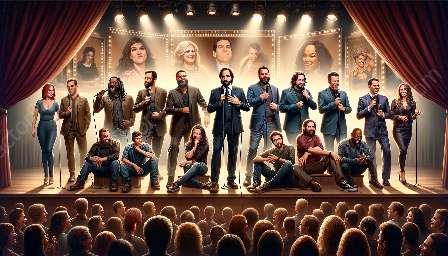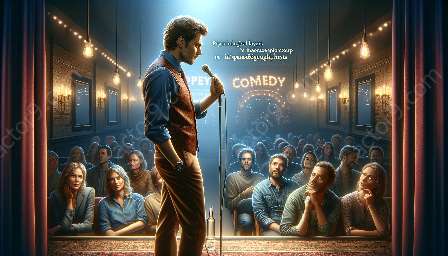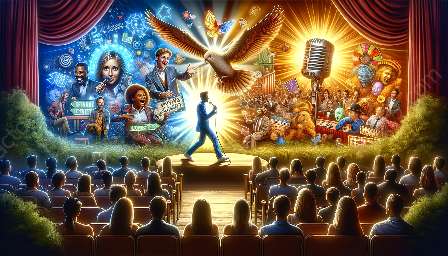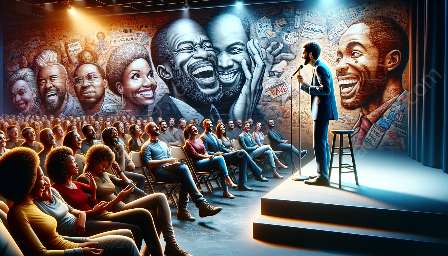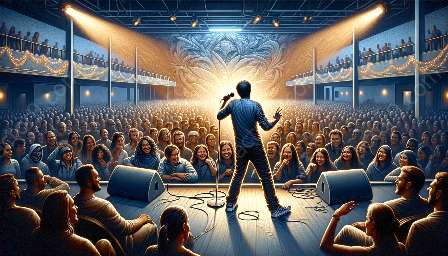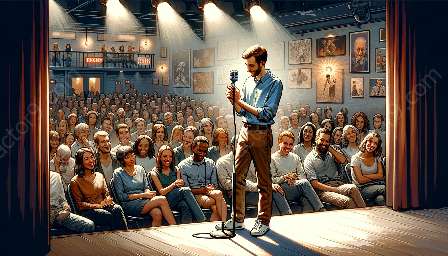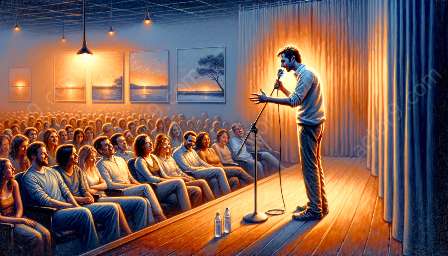Stand-up comedy has been a source of entertainment for generations, and its format has evolved to fit different mediums, particularly television and film. Each platform presents unique opportunities and challenges for comedians, influencing their performances, audience interaction, and overall impact. Understanding the differences between stand-up comedy in television and film provides insight into the art form's evolution and its enduring appeal.
Stand-Up Comedy in Television
Television has played a significant role in popularizing stand-up comedy, providing comedians with a platform to reach a wide audience. The format of televised stand-up comedy often involves recorded performances in front of a live audience. Comedians tailor their acts to fit within specific time constraints, typically ranging from a few minutes to an hour-long special.
Visual Considerations
Television allows for visual enhancement of stand-up performances, such as close-ups of the comedian's expressions, reactions from the audience, and creative stage setups. Comedians can utilize these visual elements to complement their jokes and establish a more intimate connection with viewers.
Editing and Production
Television stand-up comedy involves post-production editing and creative direction to enhance the overall viewing experience. This can include the incorporation of graphics, sound effects, and transitional shots, all of which contribute to the comedic timing and presentation.
Accessibility and Repeat Viewings
Televised stand-up comedy is easily accessible to a wide audience through broadcast networks, streaming platforms, and on-demand services, enabling viewers to revisit their favorite performances. This accessibility contributes to the enduring popularity of stand-up comedy on television.
Stand-Up Comedy in Film
Film provides a distinctive platform for stand-up comedy, allowing comedians to showcase their acts in a controlled, cinematic environment. While television emphasizes accessibility and immediacy, stand-up comedy films offer a different viewing experience with various creative possibilities.
Theatrical Presentation
Stand-up comedy films often feature a theatrical presentation, with elaborate stage setups and dynamic camera angles that capture the energy of live performances. This cinematic approach aims to immerse the audience in the comedian's world, transcending the limitations of traditional televised stand-up comedy.
Creative Freedom and Artistic Expression
Comedians and filmmakers have the freedom to experiment with storytelling, visual aesthetics, and narrative elements in stand-up comedy films. This creative liberty enables them to transcend the conventional boundaries of stand-up performances, adding a layer of cinematic depth to their acts.
Immersion and Atmosphere
Stand-up comedy films create an immersive atmosphere that transports viewers into the comedian's live show experience. Through careful cinematography and sound design, the film medium captures the essence of being part of the audience, enhancing the overall impact of the comedic performances.
Impact and Audience Engagement
Ultimately, both television and film play vital roles in shaping the impact and audience engagement of stand-up comedy. Television offers widespread accessibility and exposure to diverse audiences, fueling the popularity of stand-up comedy as a mainstream form of entertainment.
In contrast, stand-up comedy films provide an immersive and cinematic experience, showcasing the art form's artistic and storytelling potential. Through distinct visual and narrative techniques, filmmakers can elevate stand-up comedy to new heights, reaching audiences in profound and thought-provoking ways.
Conclusion
Stand-up comedy continues to thrive in both television and film, each contributing unique dimensions to the art form's evolution. By recognizing the differences between stand-up comedy in these mediums, we gain a deeper appreciation for the creativity, impact, and enduring appeal of comedic performances in the modern entertainment landscape.


